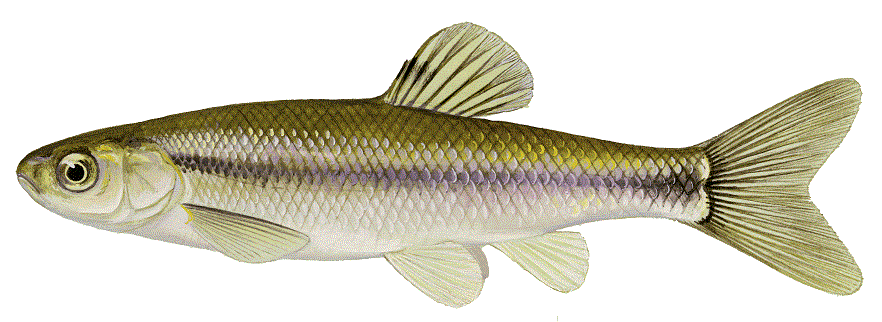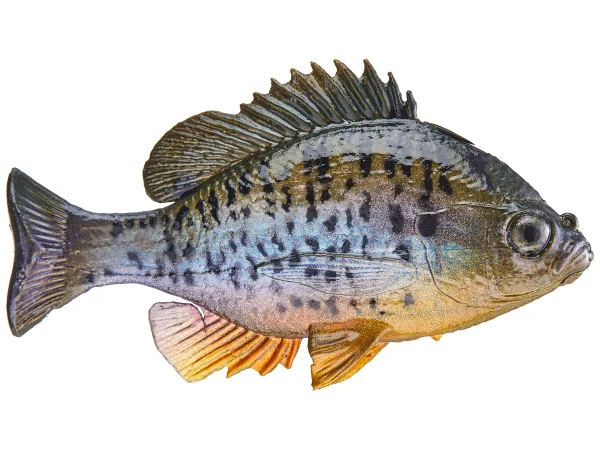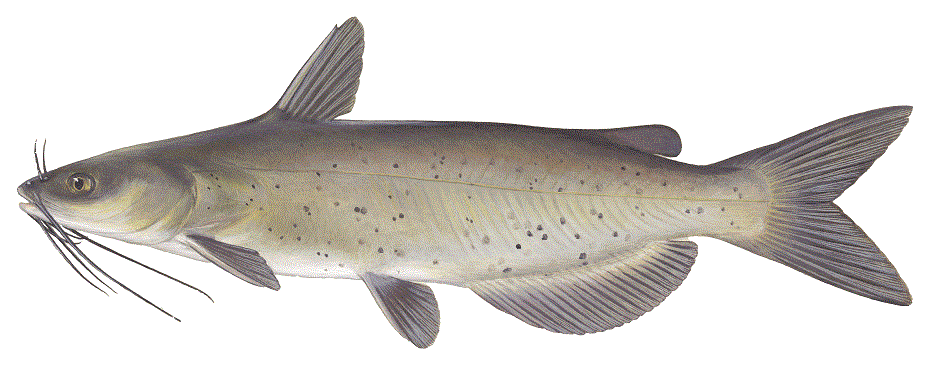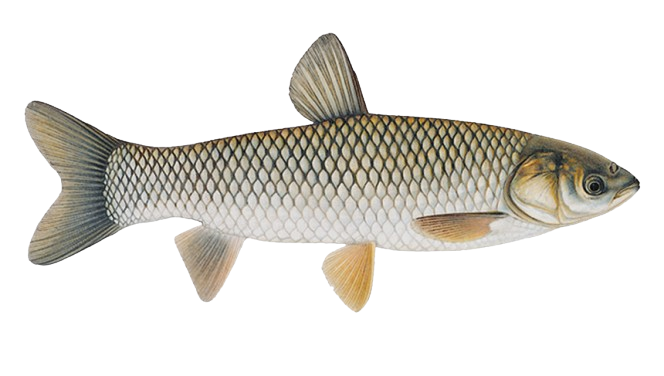Why Fish?
It is agreed that fish play an important role in maintaining a healthy ecosystem in natural rivers, lakes, and oceans but just how pivotal are they to the isolated ecology of manmade lakes? After all, nothing ruins overall enjoyment of these water features like the unforgettable stench of a bloated fish carcass bobbing along the surface or the horrific sight of hundreds of fish, killed suddenly, by undetected golden algae. Fish kills happen often, for many reasons beyond our control but the risk of such an event can be avoided and the benefits of fish in any man-made body of water are far more valuable than you may think. So, why is regular fish stocking so important?
There are vital roles an abundant, diverse fish population provides. A healthy population of fish improves natural spawning, keeping the body of water environmentally balanced, reducing algae and aquatic weeds as well as mitigating midge flies and mosquito populations that love to breed in lakes and ponds. Additionally, an abundant sport fish population and a community with a robust catch and release fishing program is a value-added asset to the neighborhood.
A handful of very diligent and hardworking breeds are reliable consumers of algae and aquatic weeds. While we rely on the constant generating of algae and plants that plague the water. Algae, beyond being visually unattractive, is problematic there are other causes for concern. Dangerous cyanobacteria or blue-green algae can produce extremely dangerous toxins that can cause severe illness or even death in people and animals who come into contact with certain species.
Minnow – One of the more important fish that contribute to lake and pond management. They are key in pest management because they actively feed on midge fly and mosquito larvae. However, they will not grow bigger than 3 inches and are nearly impossible to overstock. They spawn 3-4 times in their 14-month life cycle ensuring their survival as well as other fish populations. They are a great protein source boosting the growth rates of sport fish populations such as bass.

Bluegill – Native to eastern North America, bluegills inhabit nearly every pond, lake, and other bodies of quiet water throughout the country. Bluegills bite year-round, making them fun to catch but are most beneficial as they feast on the top and middle of the water column. They consume aquatic bugs, midge fly, and mosquito larvae that have begun to fall from the water’s surface, as well as unwanted aquatic algae suspended in the water column.

Catfish – This diverse group of fish lives in several conditions including saltwater, freshwater, and brackish water. Known as bottom feeders, they love to eat and will continuously consume live algae or decaying organic material helping reduce muck and silt at the bottom of ponds.

Triploid carp – These are one of the few fish species that eat plants, providing an excellent low-cost, long-term, and herbicide-free method of getting rid of invasive weeds, grass, moss, and plants in ponds or lakes and will eat up to 3 times their body weight daily. They do not reproduce so regular stocking is recommended.

